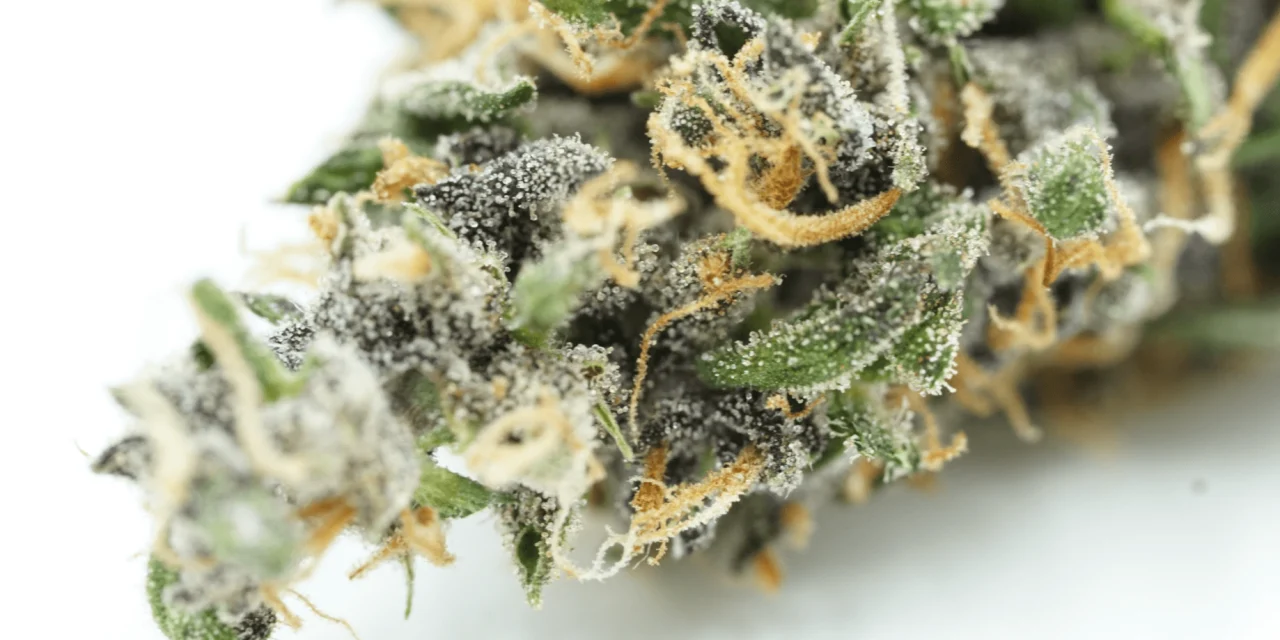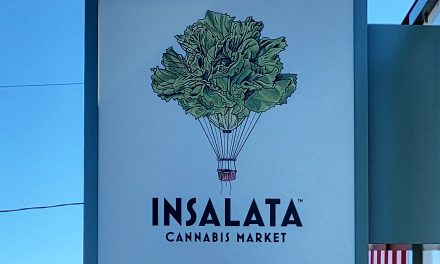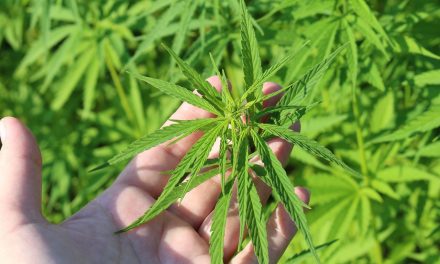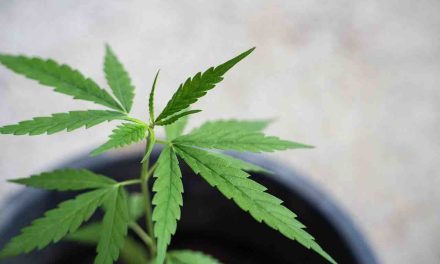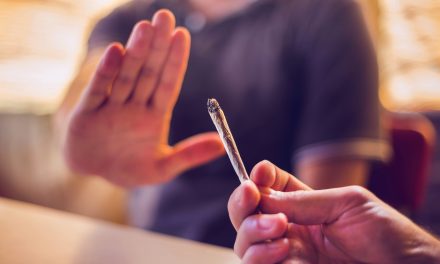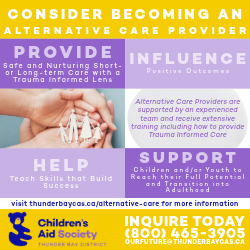The adage that “this isn’t your grandma’s weed” is scientifically true—these strains would have her hiding under the kitchen table instead of getting a bit too into a movie.
Last month, while visiting the budtenders at J. Supply Co., I asked the broad question of what customers would buy if they didn’t come in looking for a particular strain. The answer was that in many cases, customers would buy whatever strain had the highest percentage of THC, regardless of terpene profile. For many people, the euphoria derived from high-percentage THC cannabis is the only factor in consuming. Well, the cannabis industry hears you, and they’re tinkering away as we speak.
Since being identified as the primary psychoactive element in cannabis, growers have been locked into an escalating THC arms race that has only become more ridiculous since legalization. Though data is always somewhat skewed due to cannabis’s legal status, most watchdog organizations estimate that from about the mid-70s to the mid-90s, cannabis strains were about 4% THC. From the mid-90s to legalization, improved growing techniques and specialization increased THC potency, so is wasn’t uncommon for strains to show as much as 12%. However, since legalization, public demand has led to new strains showing incredibly high concentrations of THC, well into the low 30% range. If you’re crunching numbers, that means that today’s strains, such as the Green Organic Dutchman’s Organic Gold Butter or Jonny Chronic’s Cherry Bomb, have 300% more THC potency compared to what was available 20 years ago. The adage that “this isn’t your grandma’s weed” is scientifically true—these strains would have her hiding under the kitchen table instead of getting a bit too into a movie.
The problem with that much THC is, once again, we don’t really know what it can do to a person long-term. The industry is moving too fast for research. The Ontario Cannabis Store has a cap on how much THC edibles and extracts can contain—10 mg per package, and 1,000 mg per cartridge—but there are no real limits in place for dried flowers. OCS attaches the usual warnings to all their cannabis, but “start slow, go low” isn’t really going to mean much for someone demanding over 20% THC. Tellingly, the problems with exposure to high-THC cannabis are coming out of emergency rooms, especially in the U.S. There are reports of high-percentage THC cannabis users experiencing paranoia, psychosis, vasoconstriction (decreased blood flow to major organs), vomiting, and intense abdominal pain, with the number of patients increasing threefold over the last five years in the U.S. The numbers get even scarier when the consumer is a teenager or a young adult.
Aside from those potential risks I’ve listed above, another problem with high-percentage THC cannabis is that you become accustomed to it over time. Your cannabinoid receptors become saturated, and those potent strains become less effective over time—you get used to the effects and your body adapts. The focus on THC also diminishes the entourage effect of CBD and terpenes, which might make the strain less effective for anything aside from the euphoric effects. Consumers looking for strains that offer straight pain relief, anti-inflammation, or relaxation should choose a lower-percentage THC strain that won’t send their brains into the stratosphere.
By Justin Allec


